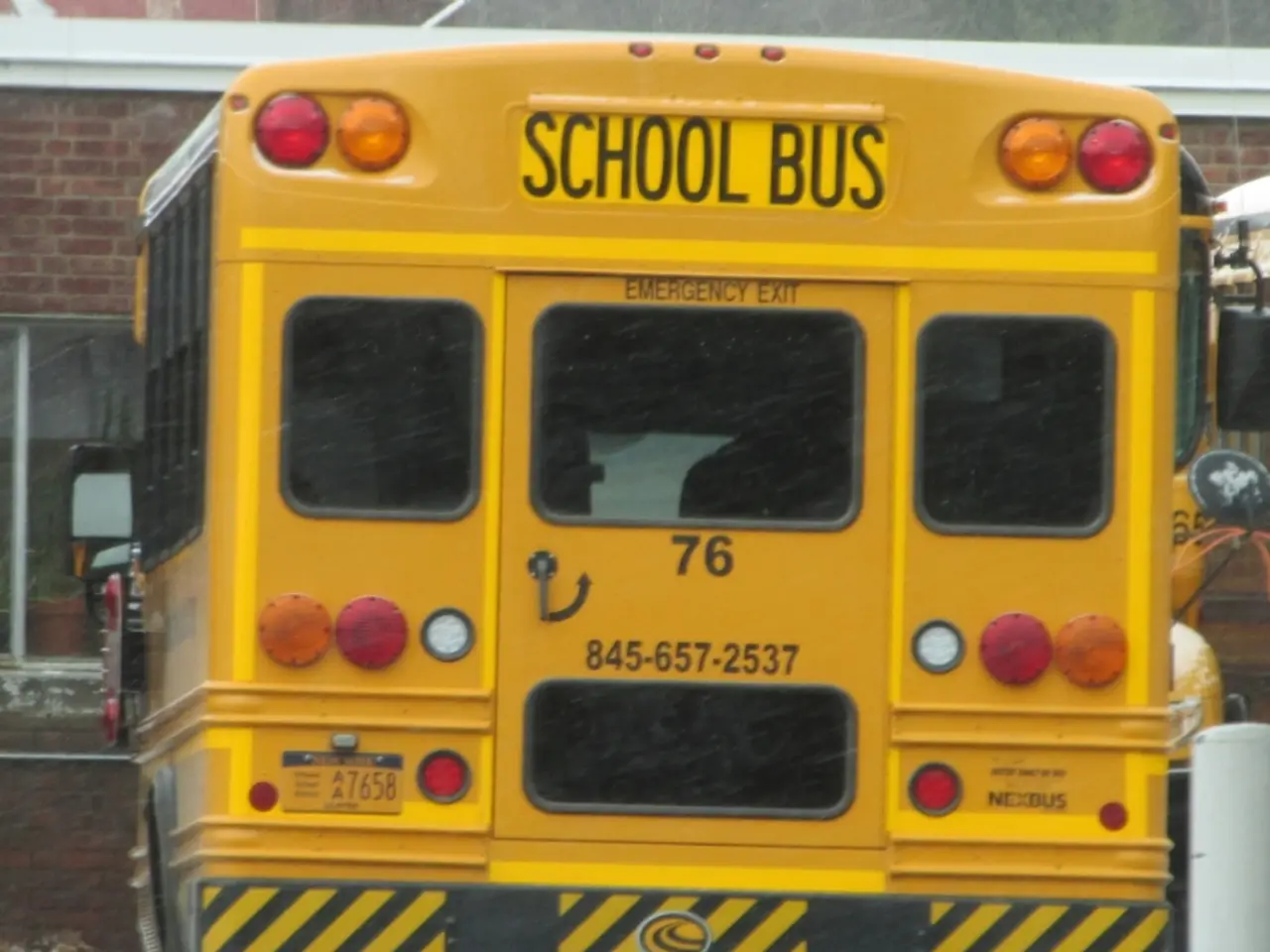State, Private, and Public Schools: A Comparative Analysis
In the UK, education plays a crucial role in shaping the future of children. Two main types of schools – state schools and private schools – offer distinct advantages and challenges for students and their families.
State schools, funded by the government, are free to attend and cater to all children aged 5 to 18. These schools adhere to the national curriculum, ensuring a standardised education for every child. On the other hand, private schools, overseen by governors or trustees, are not bound by the national curriculum, offering a degree of flexibility in their teaching methods.
One of the most significant differences between these two types of schools lies in their fees, class sizes, curriculum, and extracurricular opportunities.
Fees State schools are free to attend, while private schools charge substantial fees. The average private school fees for day pupils are around £13,600 per year, with boarding schools costs reaching up to £36,000 annually.
Class Sizes and Teaching Private schools tend to have smaller class sizes, with lower pupil-teacher ratios (about 9:1), allowing for more individual attention and personalised teaching. State schools, on the other hand, often have larger classes.
Curriculum Both types of schools teach core subjects, but private schools offer a wider range of subjects and specialised programs, including more modern languages, creative arts, and comprehensive physical education. They often have the flexibility to adapt curriculum to students’ interests and offer some international programmes.
Extracurricular Activities Private schools provide more extensive extracurricular opportunities, such as sports, music, drama, and arts facilities, often as part of the formal school experience. State schools have seen cuts in enriching activities due to budget constraints.
Other factors that set private schools apart include longer teaching hours, sometimes including Saturday classes and more homework, shorter terms, a strong pastoral care system, especially in boarding schools, and a distinctive ethos with traditions and social aspirations.
While state schools offer high social and cultural diversity, many private schools, particularly public schools, are still associated with the 'upper classes'.
Attending a private school, including public schools like Eton and Harrow, increases the likelihood of attending top universities like Oxford and Cambridge. However, some state schools, such as grammar schools and academies, are selective and follow an academic-driven approach.
Choosing a school is a significant decision for parents, and understanding the differences between state schools and private schools can help inform this decision. A well-rounded education from the beginning can set children up for success, whether they attend a state school or a private school.
- Prospective students and parents might consider attending open days at both state and private schools to explore scholarship opportunities, as some private schools, like public schools such as Eton and Harrow, offer scholarships to deserving students.
- For those considering a private school education, it's important to consider the lifestyle differences, as private schools often have extended teaching hours, including weekend classes and more homework, which may lead to a more demanding schedule and routine.
- In the realm of education and self-development, state schools, due to budget constraints, may have limited resources for home-and-garden clubs or extracurricular learning opportunities, whereas private schools often provide a wide array of such programs, fostering an enriching learning experience.




